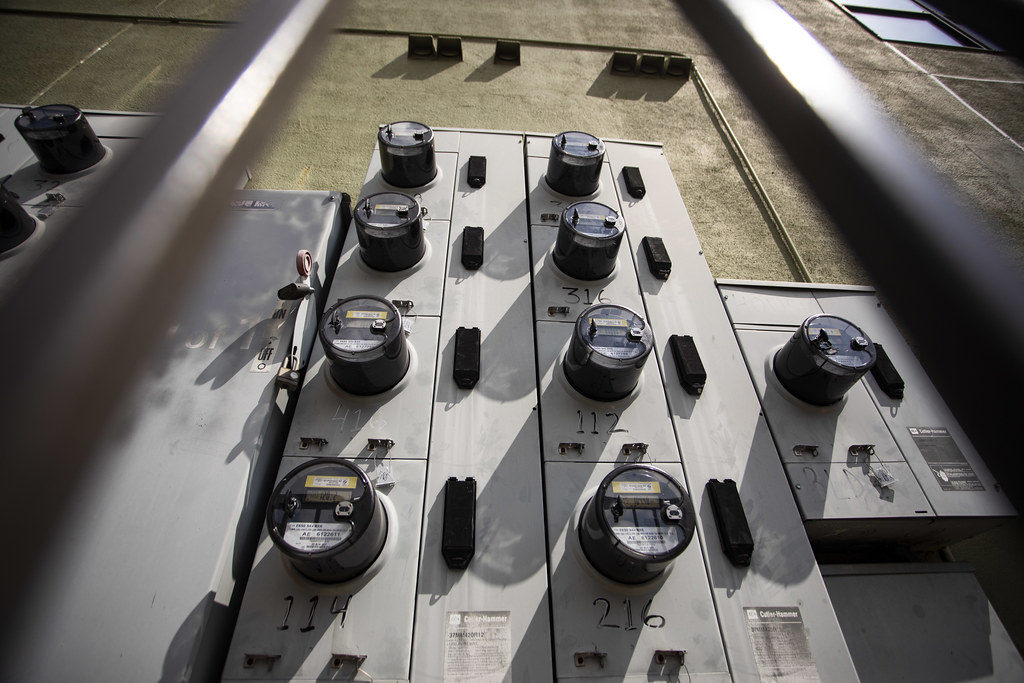Prices for natural gas usually go up in the winter because of consumer demand. This year, Texans are already seeing an increase due to forces in other parts of the world. The price has more than doubled since April.
Matt Smith is lead oil analysts for the Americas for Kpler. He told the Texas Standard electricity prices will likely be higher this winter. The demand for natural gas has also been one factor in the recent increase in oil prices.
Listen to the interview above or read the transcript below to learn more about the global forces surrounding these price changes.
This interview has been edited lightly for clarity.
Texas Standard: What’s the outlook for the winter ahead of us and what could all this mean for our energy bills?
Matt Smith: In terms of the weather outlook, it’s looking pretty good for Texas. So AccuWeather is projecting a mild start for the Gulf Coast from Texas to Florida. So there will be a late first frost predicted there. So that’s a good thing, right? You’ve also got NOAA as well who is looking at a more favorable outlook in terms of temperatures and precipitation into the end of the year. So above normal temperatures. Temperatures projected for both Texas and actually for most of the U.S. So that’s the good news, really. But the concern is that with these global developments that we’re seeing in natural gas prices and how they’re ramping up US prices too, we could see higher electricity bills in Texas, even if it is a mild winter.
So are other parts of the world expecting more inclement weather? Is it the effects of climate change? What’s your take on it?
It’s a number [of] different things here. So, there’s panic for sure as we’re heading into winter here, just because of that simple unknown. Say, in China, you’ve got government officials in the last week ordering it’s state-owned companies to secure supplies at all costs to avoid blackouts in what could potentially be a hard winter. So that’s in Asia. In Europe, you’ve got natural gas spiking there because of low storage and weak supply. And so it’s these unknowns in terms of the weather. But you’ve already got this backdrop of low supply, which is a real concern. And so that’s why it’s not looking so great across various pockets of the world as we move into winter here.
Are we talking about a sort of panic buying as we approach winter in both Europe and Asia?
Yes, that’s happening just because you’ve got low storage levels, particularly in Europe there, because they’ve just not been able to replenish them as we’ve come out of last winter and through the summer here. Same for Asia as well. And so that’s just driving on the price of natural gas to levels we’ve not seen for many, many years here.
West Texas Intermediate, the crude oil benchmark, has just popped above $80 a barrel for the first time since late 2014, and so we’re seeing average gasoline prices on the national level also at their highest since late 2014. Is the rally in oil prices tied to this move higher in natural gas?
Well the rally has been due to a combination of different factors. So you’ve got a clean product demand continuing to rebound on a global basis for gasoline and diesel. And you’ve got supply. You know, you’ve not got production in the U.S. really ramping back up strongly and you’ve got OPEC still gradually unwinding its production cuts. So you have those kind of specific crude fundamentals at play there, but you have this added bullish element as well in recent weeks via the potential for fuel switching because of the rise in natural gas prices. Because that natural gas prices push so much higher. There’s the potential to switch to oil-based products — to burn those instead — simply because they’re cheaper. So that’s driving on this added element for the crude side of things. And as you mentioned there, you know, you joined the dots back from that higher oil price to the price at the pump. And we have, you know, prices continuing to tick higher in Texas $2.91 a gallon at a time when they should be moving lower from here.















